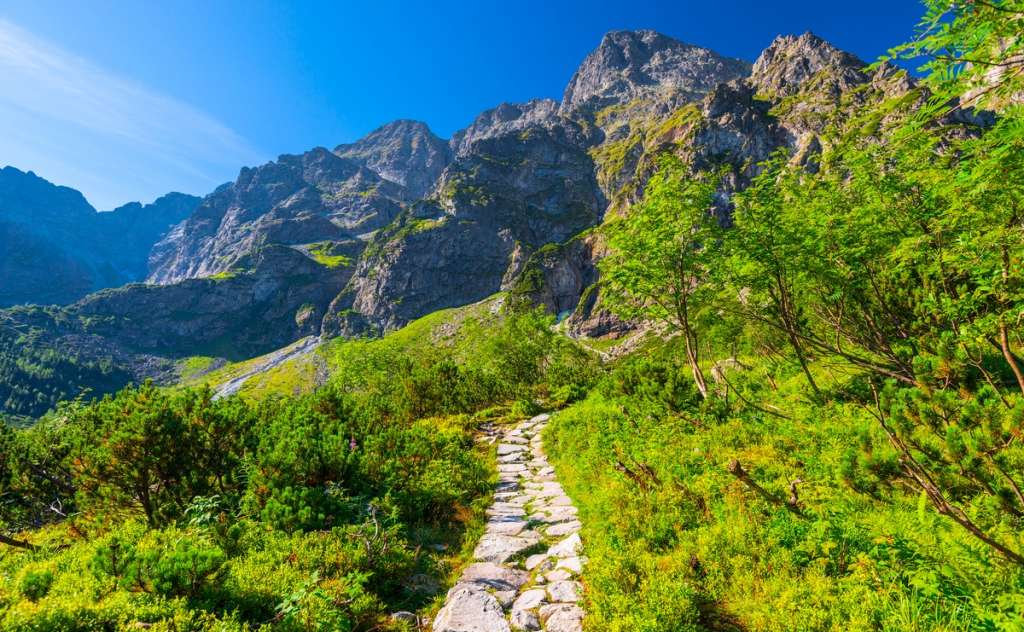Cape Tainaro

Cape Tainaro, also known as Kavos Matapas, is the southernmost tip of mainland Greece and the Balkan Peninsula and is located between the Laconian and the Messinian Gulf.
The landscape is beautiful, but completely barren as there is not a single tree. The area is full of antiquities and access to them is possible only from the path that starts from the church of Agioi Asomata. Since the ancient times the cape has had many names, such as Tainaria Akti, Fanari, Vrachion tis Mani, Lithos etc. The whole area around the cape is called Akrotainaria. The locals claim that the word Critiri, which is said for Akrotainaro, does not mean Akrotiri (cape), but Criterion of Souls or Supreme Court.
The name of the cape is due to the well - known hero and inhabitant of the area, Tainaro, son of Zeus. Tainaros built the homonymous city of Tainaro on the isthmus of the Akrotainaria peninsula. The place was originally dedicated to god Helios (as mentioned in the Homeric hymn of Apollo), whose sheep with shaggy hair grazed there freely. According to tradition, Apollo gave Poseidon Tainaro and took Delphi in return, where he built his oracle and appointed the Cretans as first priests. In ancient times, the cape was also called "Poseidion", while, during the time of the Frankish rule it is also referred to as "Kavos Matapas". The Dorians, reaching the last point of the European continent, gave the cape the name "Metapea Akra", which means the cape located between two seas (the Laconian and the Messinian gulf).
In a small, isolated cave of Tainaros, the existence of a necromancer’s oracle of Poseidon or a soul tomb is mentioned, both by Pausanias and Plutarch. In this area a network of caves was believed to be the entrance to the Underworld. The gate was guarded by Cerberus, a beast that prevented the dead from escaping and the living from entering. According to Apollodorus, Cerberus had three heads of wild dogs, a dragon or a reptile tail and snake heads along its back. Pindar, (Pithionikos 4.44) and Apollodorus, (B, 5,12), report that Tainaro was "the mouth of Hades". Also, Ovid, (Metamorphoses, X, pp. 1-78), mentions that Orpheus, who moved everyone with his lyre, was led to the Underworld from Tainaro.
Nearby, the visitor can see ancient wells, as well as rectangular stones standing majestically in the wild landscape. From the ruins of the ancient temple of Poseidon at Tainaro, (which was the center of the "Commonwealth of the Free Laconians"), the Christian church of Agioi Asomata, near the settlement of Kokkinogeia, has been created. Only the north wall of the church is built entirely with well-worked, rectangular stones.
Poseidon, who was the God worshipped at Tainaro, had the nicknames of Poseidon at Tainaro, Tainarios, Asfaleios and Pontios. The pilgrims of Poseidon were called Tainaristai and the celebration held by the Spartans in his honor, was called Tainaria. The temple of Poseidon had been established as an asylum for the persecuted who sought refuge. The Helots, who had been sentenced to death by the Spartans, having, also, violated the asylum, were also killed. According to Pausanias, there was a statue of Poseidon at the entrance of the temple, as well as other offerings, such as the bronze statue of Arion sitting on a dolphin. Pausanias also mentions that there was a spring in the temple, which, when one looked at its waters, one could see ports and ships. This property of the source ceased when a woman rinsed a soiled garment in it.
At the port called Porto-Sternes, the ancient settlement of Tainaria, which was abandoned before Roman times, is located. Even today, an exceptional mosaic, part of the floor of a house of the Hellenistic-Roman period (1st century AD), called the "Star of Aria", is preserved in very good condition.
In the wider sea area, the Battle of Cape Matapan took place in March 1941, between the British and Italian fleets. The British had invited the Greek warships to participate, but, in the end, they did not manage to arrive in time due to poor communication. The winner of the naval battle was Britain, which took control of the Mediterranean.
According to Strabo, from Cape Tainaros the sailors estimated the naval distances. Also, during the Turkish occupation, the place was a stronghold of the pirates of Mani and the sailors made sure to float at a distance from the cape so as not to fall victims to piracy. From that time the saying prevailed: "From Kavos Matapas forty miles away".
Finally, the wild cape is vividly described by Stratis Myrivilis in a short excerpt from "MANI: The lion's back": "Such a wild, such a harsh spectacle, nature can rarely give offer. This is not a beach. It is a single stone castle that rises above you, above the water, straight to the sky and sinks again vertically into the sea, another one hundred and one hundred and fifty meters, its reefs ... ».



